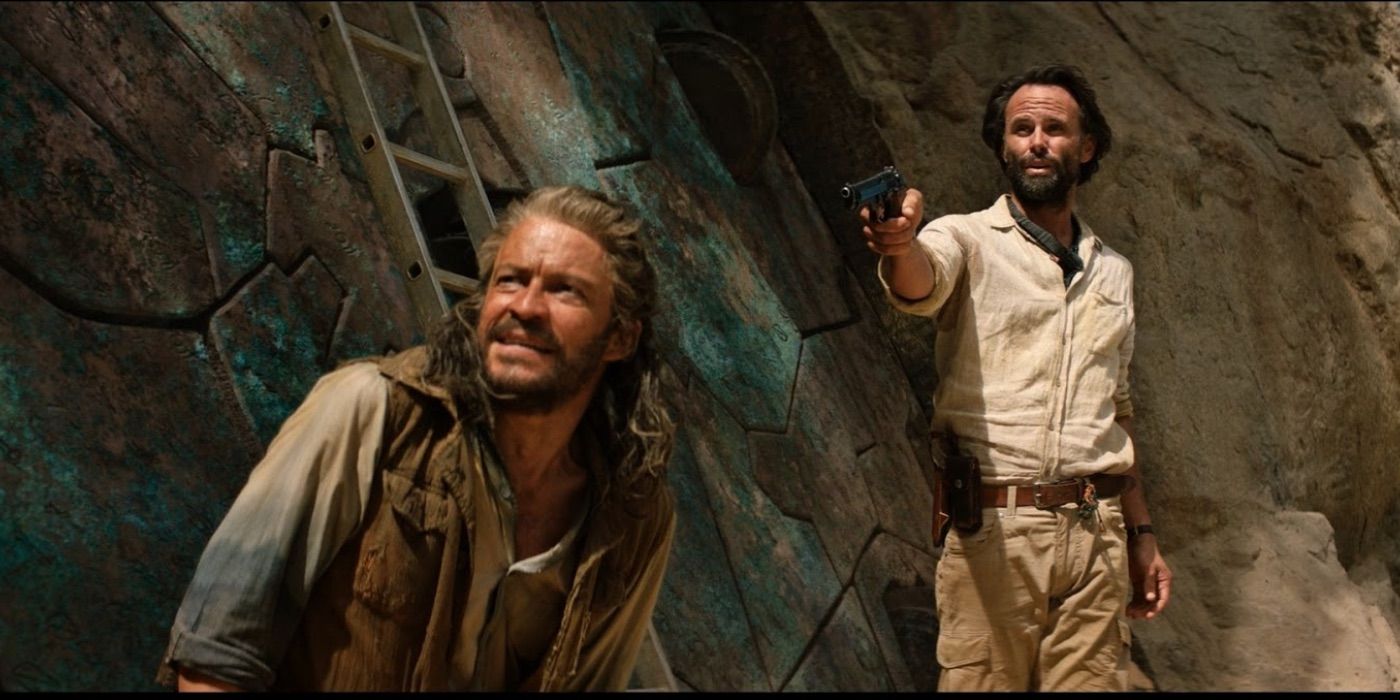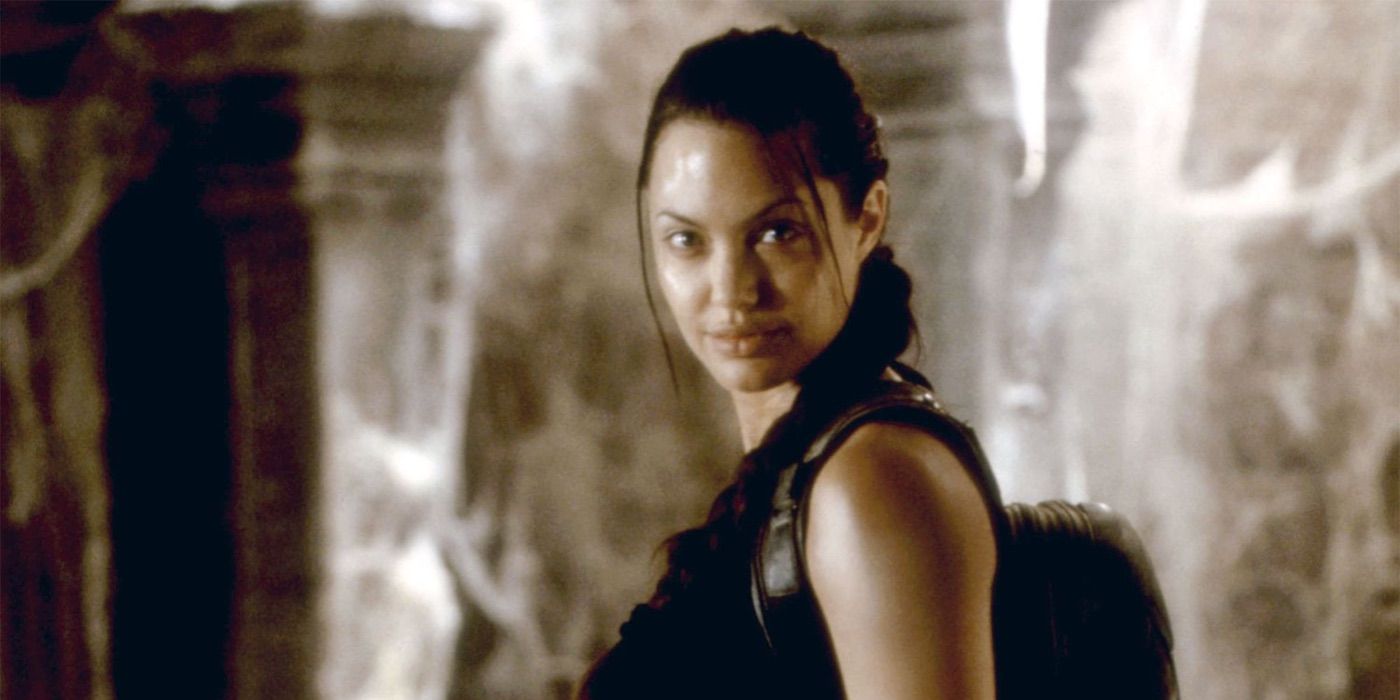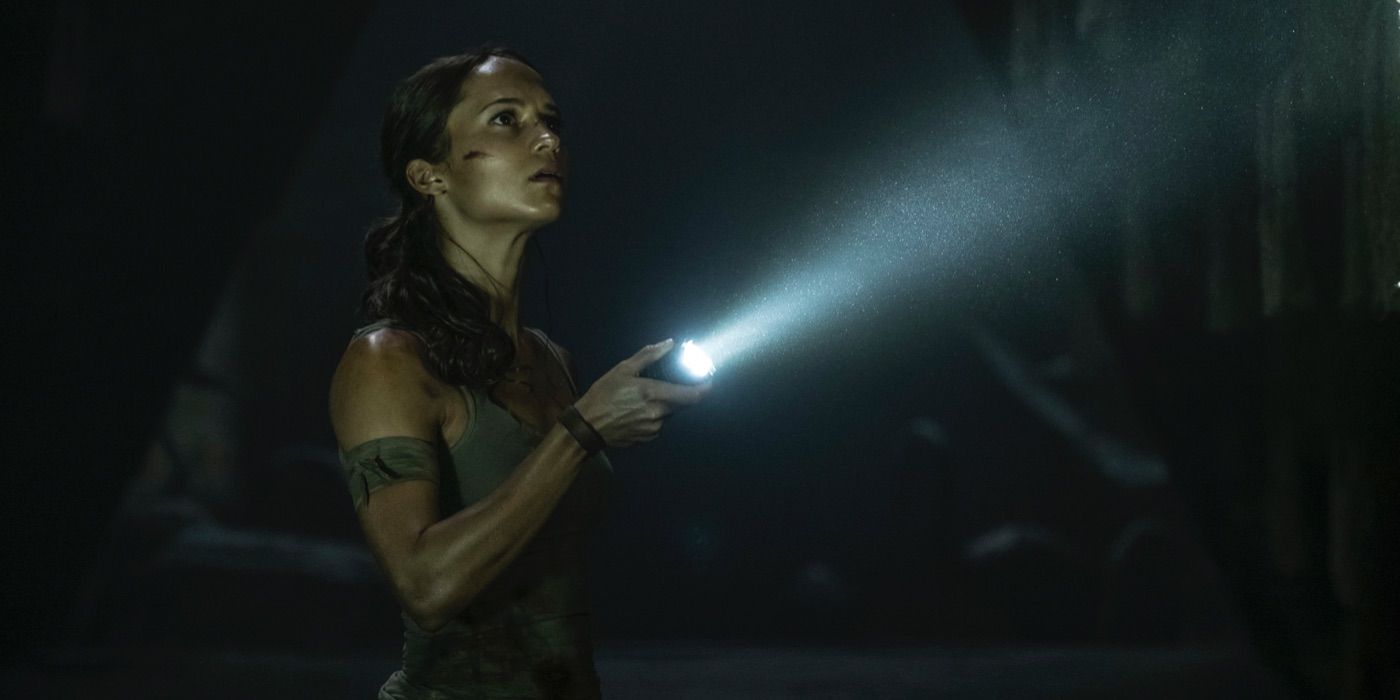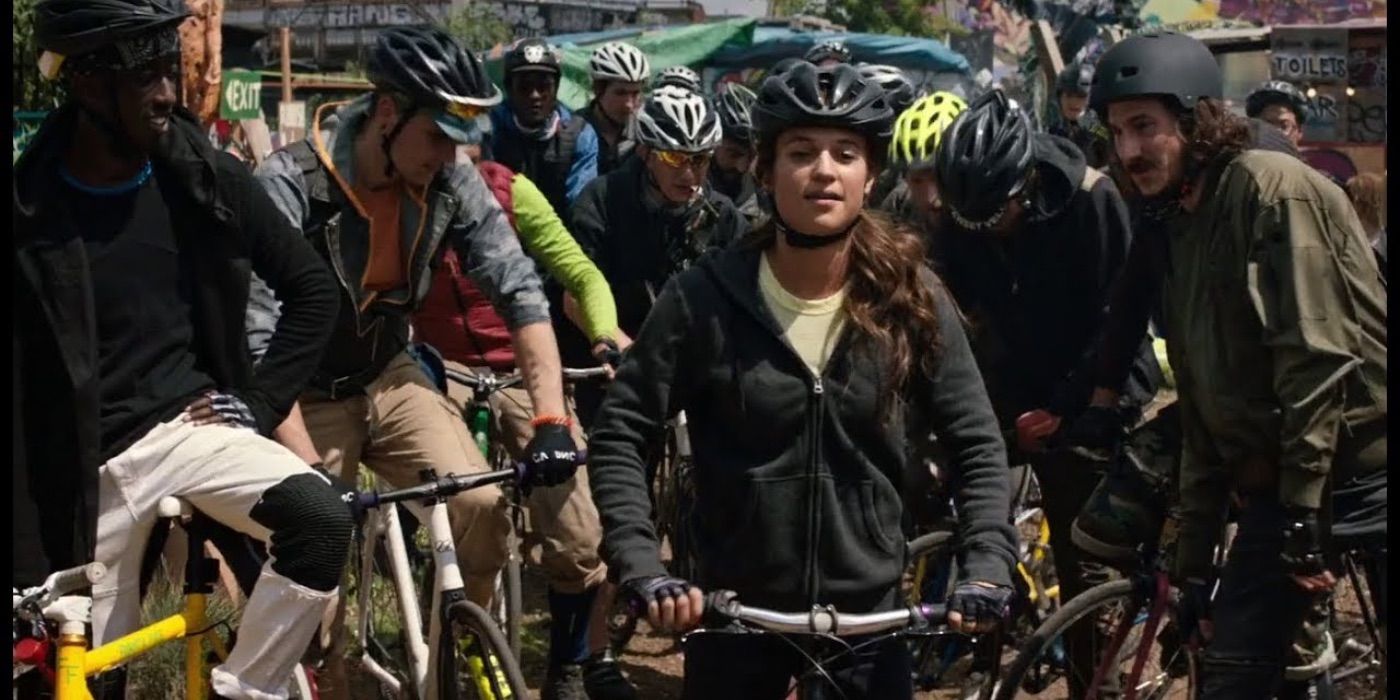After two failed attempts to achieve liftoff, the Tomb Raider games could finally develop a successful movie franchise, but Amazon must be careful not to repeat the same mistakes. Tomb Raider follows Lara Croft, an English archaeologist and treasure hunter who works to uncover shady international crime syndicates. The games have achieved incredible success across multiple platforms since 1996, but this has never translated into a sustained movie franchise.
Amazon’s ambitious plans for Tomb Raider could buck this trend, but there aren’t many video game franchises that have succeeded in making the leap to movies and TV shows. To overcome these odds, Amazon’s Tomb Raider needs to flesh out the world of the games, while still retaining all the action and adventure that fans love. Tomb Raider poses a unique problem for filmmakers because it reinvented itself so radically. The challenge is to cherry-pick the best elements from both the original run of games and the darker reboots.
8 Craft More Thoughtful Obstacles

As well as hard-hitting combat scenes, one of the most appealing facets of Tomb Raider‘s gameplay has always been the puzzles. There have been some attempts to add puzzles to the movies, but they’ve never come with the same satisfying payoff. Both Jolie and Vikander had a few clues to put together and pieces to put into place, but these scenes always seemed like something that just needed to get out of the way for the real story to continue.
In 2018’s Tomb Raider, Lara Croft receives a Japanese puzzle box in her father’s will. She fiddles with the box for a few seconds before it pops open. This works to advance the plot, but it would be far more engaging if the movie tried to create a puzzle that required more deduction and reasoning. In this way, the audience could solve the puzzle alongside Lara, and the whole sequence would be far more immersive.
7 Develop Lara’s Supporting Cast

Angelina Jolie’s Lara Croft is joined on her adventures by the socially inept tech wizard Bryce. At Croft Manor, she is waited on by her stuffy English butler Hillary. Neither of these characters feature in the games, and their lack of depth shows that the movie’s writers were happy to assign them each a tired character archetype.
For a Tomb Raider movie to work, the characters around Lara need to be just as detailed as she is, although this could be difficult considering that she tends to tackle her missions solo. Characters like Zip and Alister Fletcher provide her with some support, but they still aren’t very developed. The upcomingreboot needs to focus on the characters first, especially if Amazon hopes to sustain a Tomb Raider TV show.
6 Find A Memorable Villain

One character who will require special attention from the writers is Lara’s primary antagonist. In the 2018 movie, Alicia Vikander’s Lara Croft goes up against the functional but forgettable Mathias Vogel, leader of a mysterious archeological organization bent on uncovering lost artifacts for their own enrichment. This is some improvement on the outdated concern of the Illuminati from Angelina Jolie’s era, but it’s not enough.
Amazon’s Tomb Raider could borrow from the original games in its search for a compelling villain. There’s Lara’s former friend turned bitter rival, Amanda, or her original nemesis Natla. If the writers decide to stray from the source material like with Angelina Jolie’s Lara Croft movies, then they’ll need to develop an original villain who is just as captivating. More importantly, the antagonist must be perfectly suited to exploit Lara’s flaws.
5 Get Lara Croft’s Casting Right

For all the faults of Lara Croft: Tomb Raider and its sequel The Cradle of Life, Angelina Jolie stood out as a bright light. She played into the over-the-top nature of the plot with offhanded charm, and her action sequences dripped with personality. Alicia Vikander’s version of Lara Croft barely resembles that character or the one seen in the classic games. However, her portrayal echoes the evolution the character has seen in the recent video game reboot. The original Lara Croft is a highly sexualized heroine, but the franchise has taken steps to move away from that. Whoever takes on the role of the explorer next must create a dynamic, updated version of the classic adventurer. Ana de Armas could play Lara Croft, and she certainly has the talent to deliver style and substance at the same time.
4 Keep A Consistent Tone

Angelina Jolie’s Tomb Raider movies are considerably campier than the 2018 reboot. They’re far from perfect, but they indulge in a sense of joy that all great action-adventures need. The reboot’s tone was very much inspired by the latest series of games which began in 2013. The movie stops short of the game’s gritty gore-filled realism, but it’s much closer to that end of the spectrum than the light-hearted fun of Lara Croft: Tomb Raider.
If the trailer for Netflix’s Lara Croft Returnsis any indication, the franchise will probably stick to a more serious mood. Creator and writer Phoebe Waller-Bridge has a great sense of humor, as evidenced by Fleabag and other projects, but she can balance this with a darker tone if she needs to. If this is the direction the reboot goes in, it must commit to a singular vision of what Tomb Raider should be.
3 Cut Back The Science Fiction

Just like Indiana Jones, Tomb Raider’s dealings with ancient treasures can often lead to confrontations with the paranormal. There’s an innate mystery associated with the past, especially ancient artifacts which were assigned significance by the cultures that created them. However, just like with Indiana Jones and the Kingdom of the Crystal Skull, it’s easy for stories about ancient history to spill over from the mystical to the ridiculous.
Lara Croft: Tomb Raider dates itself terribly with its Y2K techno aesthetic and corny time-dilation tropes. Ancient civilizations such as those explored by Lara Croft or Indiana Jones were obsessed with miracles and mythology, not explicit science-fiction technology. The Holy Grail or Tomb Raider’s Dagger of Xian can channel higher powers, but they don’t create power. Ignoring this distinction runs the risk of misunderstanding why ancient tombs and temples are so engrossing in the first place.
2 Ditch The CGI

For a pair of movies with such a heavy focus on ancient history, Jolie’s two Tomb Raider outings adopt a strangely futuristic visual language. It’s not just the sci-fi elements that contribute to this aesthetic, but the way in which Lara Croft: Tomb Raider and its sequel shoot their action scenes. The opening sequence of the first movie features Lara training her combat skills against a computer-generated robot that could have been plucked out of the Star Wars prequel trilogy.
Tomb Raider TV show creator Phoebe Waller-Bridge has hinted at a more traditional approach. She stated that she wants to “bring back some of that ’90s vibe,” which could suggest a return to practical effects, although this would also depend on who is hired to direct. CGI has come a long way since 2001, but Tomb Raider could be the ideal candidate for a more retro treatment, given its influences in old Indiana Jones movies and action-adventure comics.
1 Trust Tomb Raider’s Action Scenes

Whether it’s Alicia Vikander leading a bicycle chase through London or Angelina Jolie fighting off a gang of home intruders while suspended from bungee cords, Tomb Raider movies have a bad habit of including uncharacteristic scenes. Neither of these two examples are bad action sequences, but they don’t really belong in a Tomb Raider movie. The bungee scene, for instance, looks like a bad ripoff of The Matrix.
The Tomb Raider video games are filled with plenty of bold action sequences that seem perfect for a movie adaptation. If Uncharted can put their iconic cargo plane sequence into a script, then there’s no reason Tomb Raider can’t do the same. Even without lifting directly from the games, Tomb Raider has established such a confident style in its action scenes that there’s a framework for writers to develop their own ideas.




